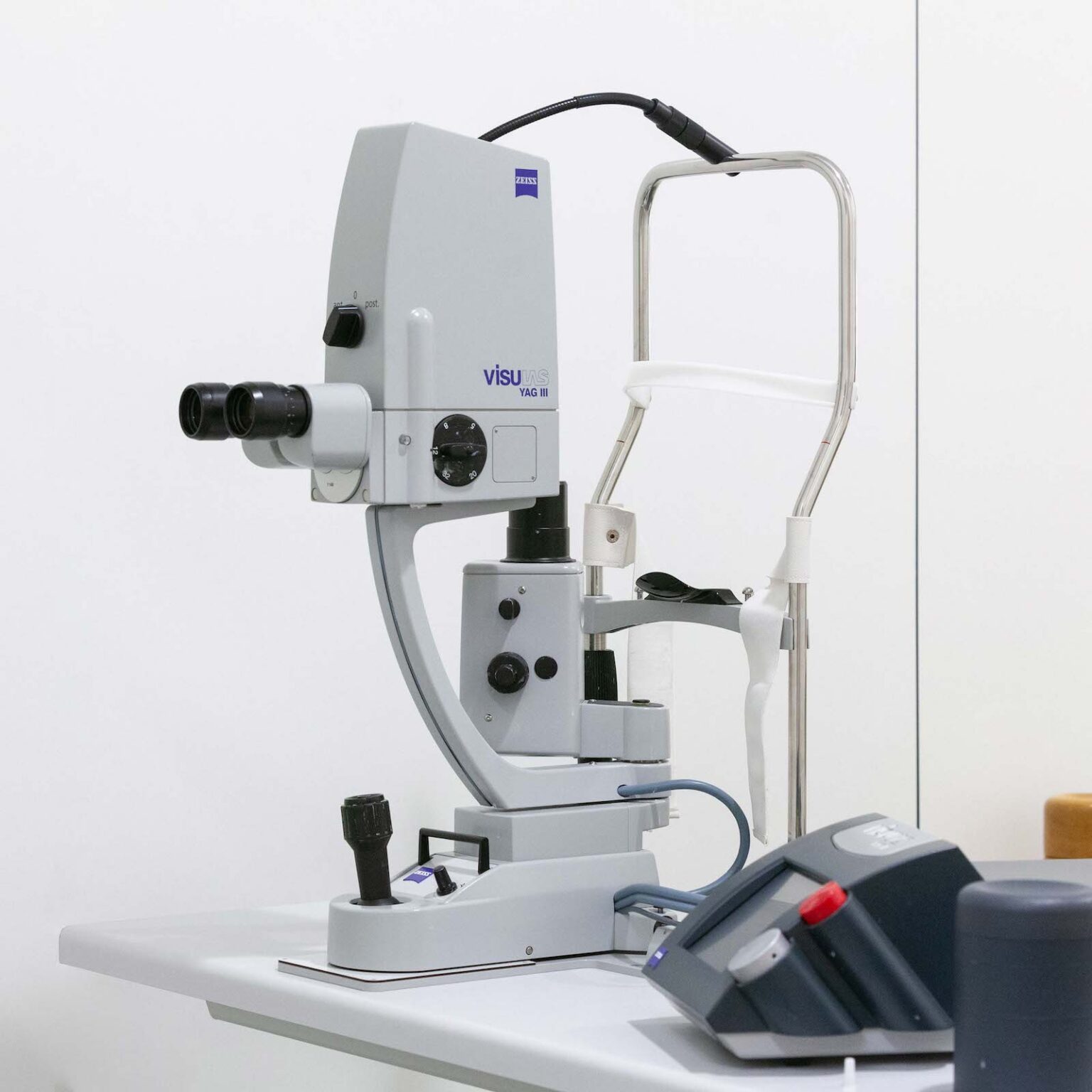Diabetic retinopathy is an eye disease that develops as a consequence of diabetes. It is one of the leading causes of vision loss and blindness in adults. It affects the blood vessels of the retina, the layer of light-sensitive tissue located at the back of the eye.
When diabetes is uncontrolled, high blood sugar levels can damage the blood vessels in the retina. This can cause the vessels to break, become blocked, or thin out, reducing blood flow to the retina. The retina needs healthy blood flow to function properly and send signals to the brain that allow us to see.
Symptoms of Diabetic Retinopathy:
In its early stages, it often presents no symptoms. This is what makes it so dangerous, as vision loss can progress significantly before the patient becomes aware of the problem. Some of the most common symptoms as the disease progresses include:
- Blurred or distorted vision
- Difficulty seeing at night
- Spots or dark areas in vision (floaters)
- Blurry central vision
- Complete vision loss
Risk Factors
The risk of developing this condition increases with the duration and severity of diabetes. Other risk factors include:
- Poor glycemic control
- High blood pressure
- High cholesterol
- Smoking
- Diabetic nephropathy (diabetic kidney disease)








